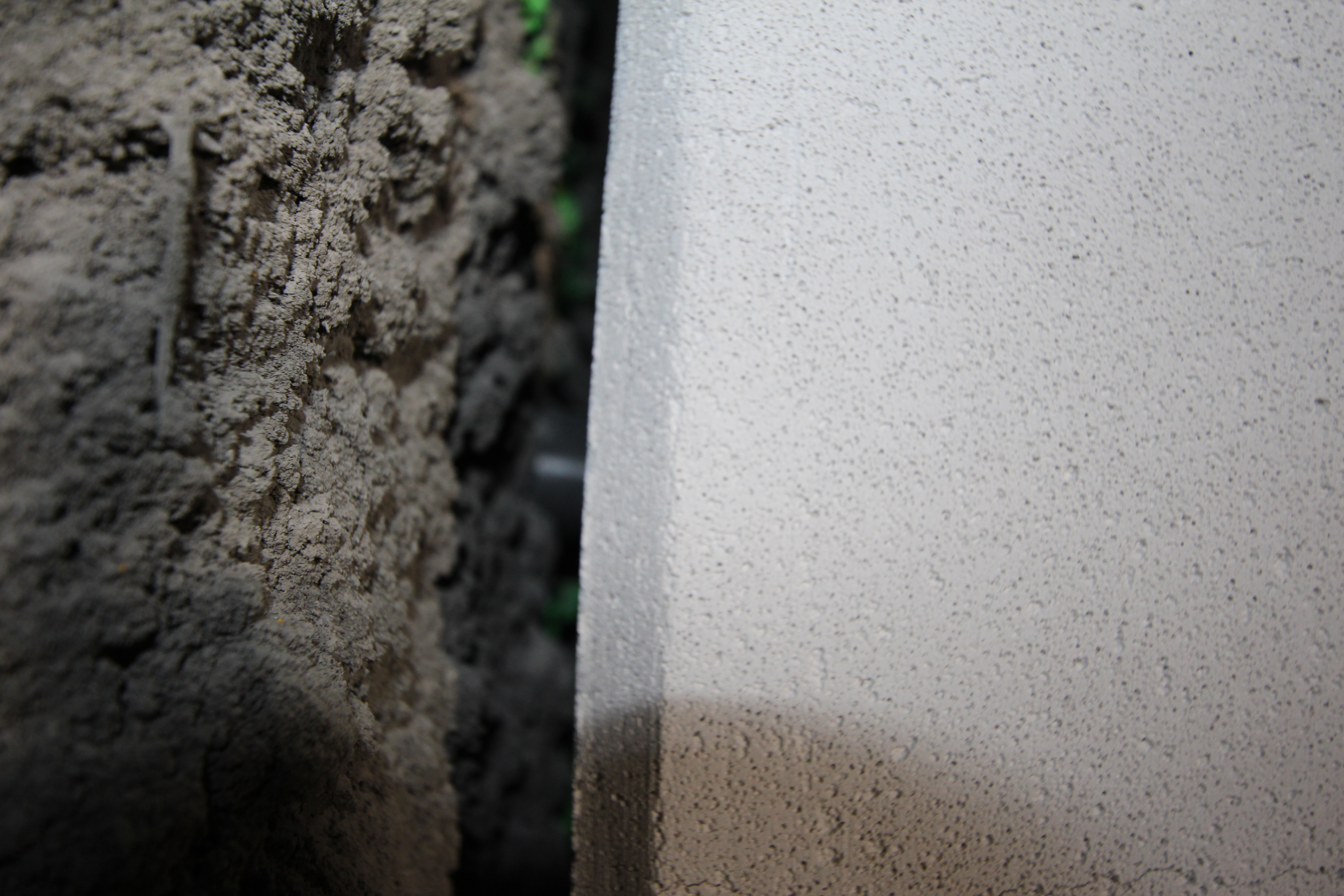In situ test of compressible concrete in the Meuse Underground Research Laboratory
Since the beginning of February, experiments with a compressible layer (RTC) added to the usual concrete lining has started at the Bure (Meuse) Underground Laboratory. Eiffage was contracted to experiment with 3 types of compressible materials in the test gallery. One of the materials will be selected for the lining of a larger scale disposal cell demonstrator. Explanations.
In the Underground Laboratory, various excavating, supporting and lining techniques and several diameters of galleries have been tested over time. One of the main current experiments , the disposal structure for Intermediate Level waste packages (ILW), aims to achieve a gallery over 80 meters in length and 9.6 meters in diameter, approaching the dimensions of the future Cigeo ILW disposal cells .
Of the 80-meter gallery, half of its length will have a "classic" coating (compressible wedges and poured concrete) while the other half will have a coating cast on compressible materials, which are being tested by this experiment.
How is the selection made?
 3 types of compressible materials, already existing on the market, were identified and tested at the CMHM, but on the surface in specially designed molds representing the curved geometry of the galleries before being implemented as prefabricated panels in situ in the test gallery . The most satisfactory material will be used for the larger scale demonstrator.
3 types of compressible materials, already existing on the market, were identified and tested at the CMHM, but on the surface in specially designed molds representing the curved geometry of the galleries before being implemented as prefabricated panels in situ in the test gallery . The most satisfactory material will be used for the larger scale demonstrator.
The installation of the prefabricated panels of the first candidate (Hochtief) is completed, while the second (Solexpert) starts under the same conditions. The third and final test block (Foamglas) will be carried out in the second quarter of 2021. The implementation of these pre-fabricated compressible panels is a first in underground structures.
Precision work
 The installation of the prefabricated elements on the shotcrete support is a delicate operation. Elements are arranged as rings (see photo) using a tool developed by Efinor, a company based in Commercy (close to the URL site). This positions the panels by being articulated on 3 axes. Following the wedging of the elements, approximately 30 mm from the support, the team inject a concrete grout. This method makes it possible to ensure good contact between the prefabricated elements and the support, and ensures a good distribution of the load on the rings.
The installation of the prefabricated elements on the shotcrete support is a delicate operation. Elements are arranged as rings (see photo) using a tool developed by Efinor, a company based in Commercy (close to the URL site). This positions the panels by being articulated on 3 axes. Following the wedging of the elements, approximately 30 mm from the support, the team inject a concrete grout. This method makes it possible to ensure good contact between the prefabricated elements and the support, and ensures a good distribution of the load on the rings.
In a next article, we'll comment the results of the experiments after the 3 materials have been tested.

